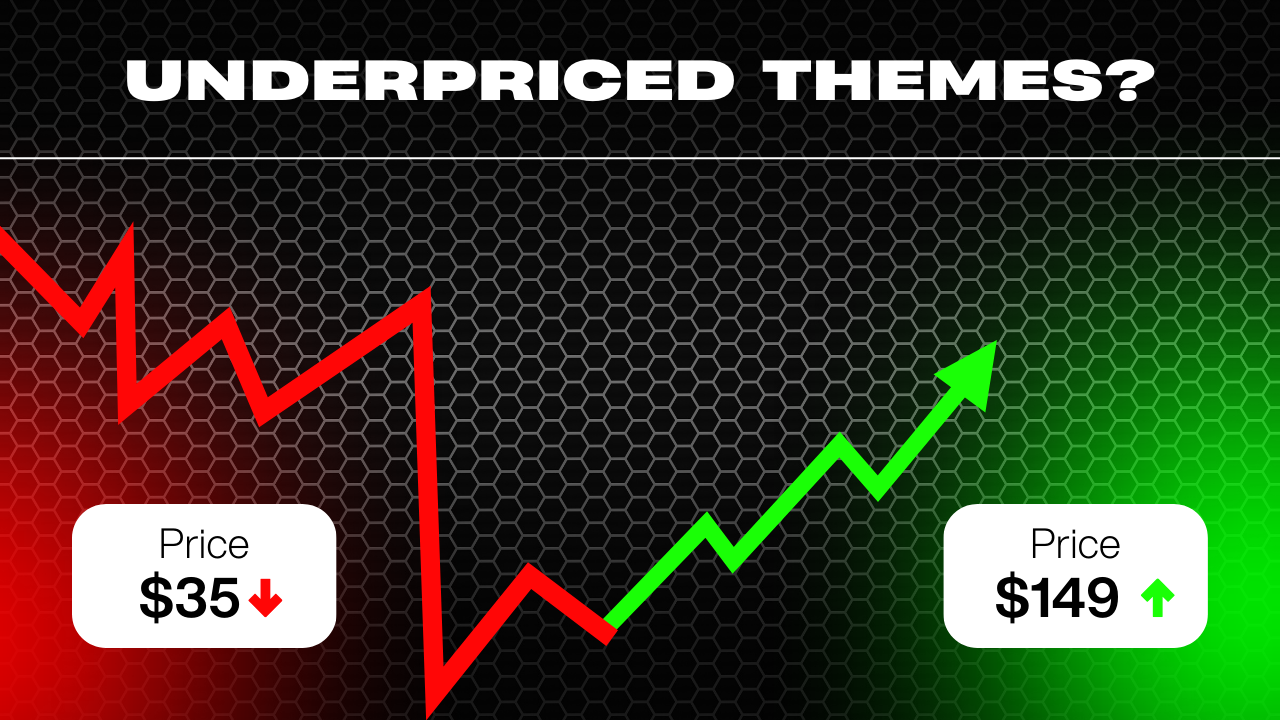
Your site has that ultra-smooth mobile-first mega menu with built-in dark mode toggles and motion effects powered by native CSS animations. You didn’t write a single line of code.
Your homepage includes a cutting-edge portfolio grid with 3D hover effects, lazy loading, and AI-enhanced filtering. Adding new items? It’s a drag-and-drop away inside your theme’s visual builder.
Your theme comes bundled with full FSE (Full Site Editing) compatibility, + over 30 pre-designed block patterns, also eCommerce integration, multilingual support, dynamic font pairing tools, and even GDPR-compliant cookie controls. It’s built by seasoned pros with hundreds of hours poured into design, development, testing, marketing and ongoing support.
Your site is incredible – and it cost you… $35. Still.
Let that sink in.
What Are You Actually Paying For?
Let’s get one thing straight: WordPress themes in 2025 are vastly more powerful than their early-2010s counterparts. Back then, a theme might’ve included a handful of PHP files, a stylesheet, and a brief readme. Today, a modern premium theme is an entire platform. It ships with its own UI framework, AJAX interfaces, custom blocks, interactive onboarding flows, and integrations with tools like ChatGPT, Stripe, Mailchimp, and analytics dashboards.
But here’s the kicker: pricing in many marketplaces has barely kept pace with the complexity of these themes. And that disconnect affects everyone – developers, buyers, and the industry at large.
The Support Factor
Support is now one of the most critical differentiators for theme developers. On WPBay and other marketplaces, buyers expect responsive, well-documented support – sometimes even live chat or setup assistance. Vendors routinely spend hours each week debugging third-party plugin conflicts, helping with customizations, or creating video tutorials.
For many developers, support takes more time than actually building the theme. And yet, in some legacy marketplaces, support is still considered optional or not clearly factored into pricing.
This simply doesn’t make sense anymore.
Why $35 Feels Broken in 2025
When WordPress themes were simple, $35 might’ve been fair. But now?
Most high-quality themes come with their own update systems, block libraries, and user onboarding experiences. The bar is higher – and so should be the price. In fact, many independent theme shops and platforms like WPBay now tend to price themes between $69 to $149, with multiple pricing tiers based on features, usage, and licensing.
If we truly value the WordPress ecosystem, it’s time to retire the $35 mindset for good.
What Buyers Are Actually Saying
Here’s something surprising: buyers are willing to pay more. At WPBay, we’ve had countless conversations with users who say they’d gladly pay $79 or more for a plugin or a theme that saves them hours of development time and includes proper support.
Today’s buyer isn’t just looking for a pretty layout – they’re looking for time savings, flexibility, support, performance, and compliance (hello, Core Web Vitals and accessibility standards). They understand that quality has a cost.
The Pricing Stalemate
So what’s the hold-up?
Many legacy marketplaces fear that raising prices will scare away customers. But this underpricing leads to a race to the bottom, discouraging innovation and burning out good developers. That’s exactly why WPBay was created – to build a fair, sustainable, and transparent marketplace where developers set their own pricing and get rewarded for building exceptional products.
The True Value of a Modern Plugin or Theme
Let’s do some quick math:
- A quality theme takes 100+ hours to build
- Ongoing support, updates, documentation, and marketing require 10+ hours/month
- Marketplace commissions take a cut (though WPBay has some of the fairest fees in the industry)
Even at $79, most developers earn less than minimum wage per sale. And remember: this isn’t a static product. It evolves with every WordPress core update, WooCommerce release, and browser change.
When you buy a premium theme in 2025, you’re not just buying files. You’re buying a solution – something that would easily cost $2,500+ to build from scratch just a few years ago…
WPBay’s Stance
At WPBay, we truly believe in empowering developers. That’s why we:
- Let creators set their own prices and license models
- Encourage value-based pricing instead of undercutting
- Help educate buyers about what goes into building a great theme or plugin
- Support clear communication about support, features, and expectations
We’re building a platform where quality wins – not race-to-the-bottom pricing strategies.
Final Thoughts
We’re no longer in the era of disposable WordPress themes. We’re in the era of sustainable, scalable, and supported WordPress solutions. If the community wants high-quality tools, the pricing needs to reflect the effort.
Let’s normalize fair pricing. Let’s stop selling $2,000 solutions for $35. Let’s invest in the future of WordPress.
Even if that means saying goodbye to the oil-change-priced theme once and for all.
Want to join the discussion? Share your thoughts on the WPBay Discord, open a forum topic on this subject, or drop us a comment below.

tibi_diablo
April 20, 2025Really good blog post!
Szabi - WPBay
April 22, 2025I am glad you like it! 🙂